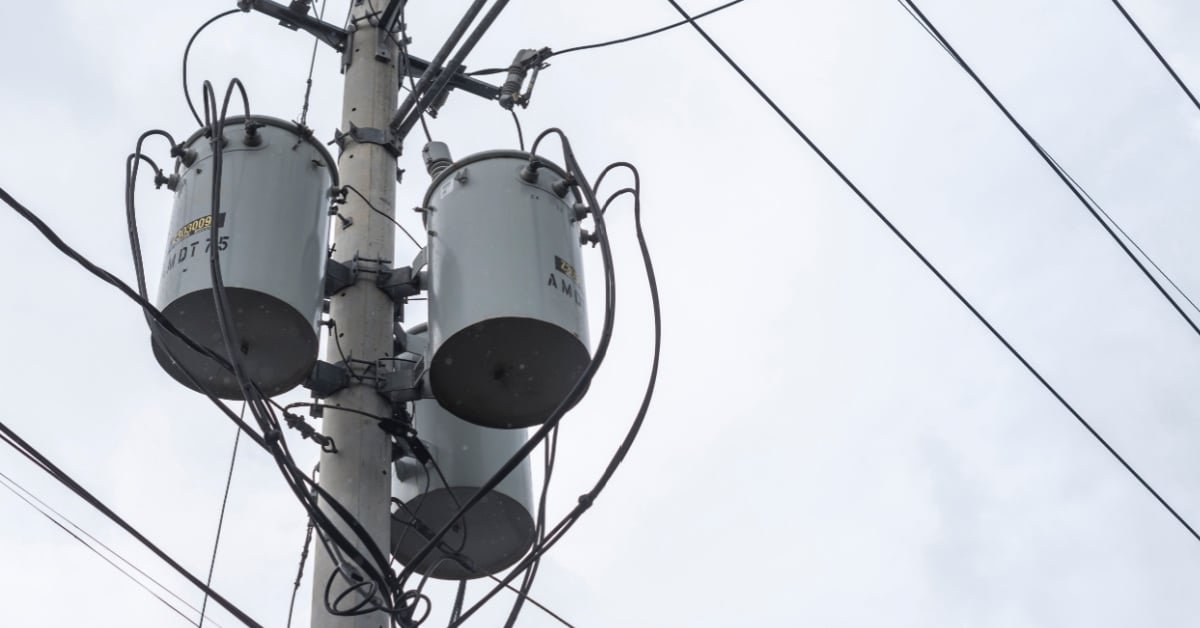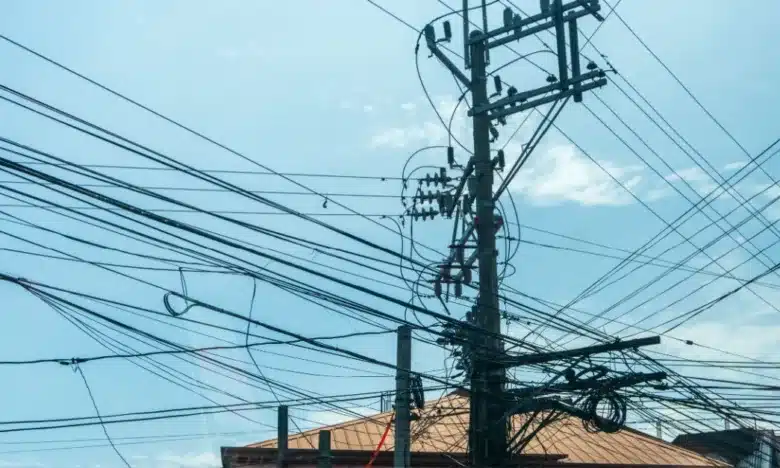
DOE Calls for Electricity Conservation as Luzon Faces Power Shortage
- May 27, 2024
Luzon residents are facing a potential power shortage due to a confluence of factors. Typhoon Aghon, which recently battered the region, caused damage to several key power plants. This coincides with ongoing limitations on hydropower production caused by the El Niño drought.
The National Grid Corporation of the Philippines (NGCP) issued a Red Alert for Luzon on May 27, indicating a heightened risk of power outages.
To mitigate this risk and reduce reliance on expensive oil-based backup generators, the Department of Energy (DOE) urged residents to practice responsible electricity consumption, particularly during peak hours (4:00 PM – 10:00 PM). Businesses were also encouraged to participate in energy-saving programs offered by their distribution utilities.
Several major power plants were impacted by Typhoon Aghon:
- Ilijan (1,200 MW): This critical facility experienced a shutdown due to the necessary disconnection of its floating storage unit for safety reasons.
- Pagbilao Units 1, 2 & 3 (total 1,184 MW): All three units at this plant were forced offline due to the typhoon’s impact.
- Additional outages were reported at Masinloc 3 (335 MW), SBPL (455 MW), Botocan (20.8 MW), and Kalayaan Unit 4 (180 MW).
Restoration efforts are underway for the affected plants. While some, like Masinloc 3, are gradually returning to service, others, like Ilijan, require a more complex restart procedure before full operation can resume.
This power shortage situation is not unprecedented for Luzon. The region’s vulnerability to extreme weather events and its dependence on traditional energy sources have contributed to similar challenges in the past.
The recent events have reignited discussions surrounding power plant maintenance schedules. Some lawmakers have questioned whether the current inspection frequency by the Energy Regulatory Commission (ERC) is sufficient.
The ERC recommends annual inspections; however, current practices involve inspections only every two and a half years, with additional monitoring during prolonged outages.
Despite the anticipated decrease in power demand due to cooler temperatures this week, the Luzon grid remains under significant strain.
The DOE is actively working to restore affected plants and manage the overall situation. Residents and businesses are strongly encouraged to cooperate by practicing energy conservation and participating in energy-saving programs. This collective effort will be crucial in minimizing the risk of widespread blackouts.
Source: Media Statement on the Luzon Power Situation Following Typhoon Aghon



